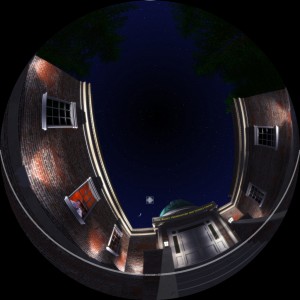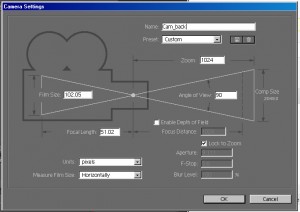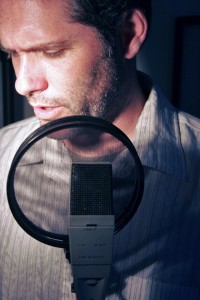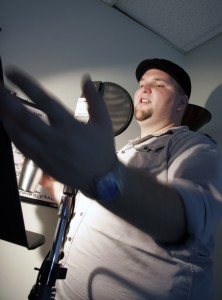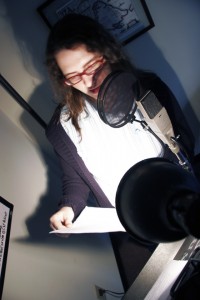So you’re getting a new planetarium…
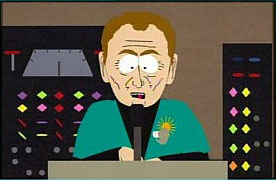 We’ve been absolutely buried working on our new show so none of us has gotten the chance to post anything on the blog lately. Recently, however, I was purusing the Dome-L listserv and came across an interesting post by Jim Sweitzer from Science Communications Consultants, a firm that consults on planetarium planning and programming. He was responding to a question by Mr. Huseynov at the new planetarium in the city of Baku (Azerbaijan?) and gave some good tips for new fulldome system owners:
We’ve been absolutely buried working on our new show so none of us has gotten the chance to post anything on the blog lately. Recently, however, I was purusing the Dome-L listserv and came across an interesting post by Jim Sweitzer from Science Communications Consultants, a firm that consults on planetarium planning and programming. He was responding to a question by Mr. Huseynov at the new planetarium in the city of Baku (Azerbaijan?) and gave some good tips for new fulldome system owners:
1. Don’t invest in a major in-house production team. You should be cautious in launching into major full-dome video productions. They can be quite expensive produce at times and assembling a production team is challenging and difficult to sustain. Even the most well funded planetariums have difficulties keeping production teams going. If you really need a show that you can’t purchase from a vendor, then hire an experienced producer who has a good track record. It will be cheaper in the long run.
2. Invest in good pre-rendered shows: We are in a better place than we were years ago because there are numerous excellent, pre-rendered full-dome shows available. You couldn’t afford to produce any of them for any where near what they cost to lease. If you choose wisely, you will be able to use them for a long time.
3. Invest in your operating and presenting staff: Rather than try and develop a production team, I might suggest that you develop the skills of yourin-house staff to really be able to use the real time software that came with your system. All the vendors’ software is now quite mature and sophisticated. Mastering it well and also making sure your presenters are well versed in the science will be the best “production” path you can take. This means making sure they attend the vendors trainings and also get to visit good analog planetariums around the world. Make sure they can also talk about the latest subjects your audiences see in the news too.
4. Couple pre-rendered shows with live, real-time session: I continue to find the most effective and lively planetarium offerings. I see around the world are ones that join a great pre-rendered show with a live session. Give your audiences a one-hour experience that includes contact with a knowledgeable presenter and you will please your audiences.
5. Work hard on marketing your new planetarium. This cannot be neglected if you want to be successful, especially with a new and innovative theater. “Framing” is a term used in America to characterize, in this case, your planetarium. I’m not sure what is appealing in Baku, but one “frame” that I think can work well with new digital planetariums is to characterize them as “space exploration simulators.” They are ultimately based upon flight simulator technology. Make your audiences think that you are going to fly them around outer space. This type of approach is much better than characterizing them as “visualization theaters” or “immersive experiences.” I might get in trouble with some with this opinion, but I feel that the latter two frames are too abstract and un-engaging for typical audiences. Whatever you do, make sure people understand it’s not simply a big round cinema.
I think Jim’s made some excellent points. (However, if Morehead listened to the first point, I’d be out of a job right now) I especially agree with point number four – coupling pre-rendered shows with live shows. As great as the pre-rendered shows are, you can really get a crowd excited and engaged with a view of the night sky and a short hop through the universe with real-time software such as DigitalSky or Uniview.
What I’m curious about is characterizing new fulldome theaters as “space exploration simulators” as opposed to “immersive experiences.” Has anyone else tried this?

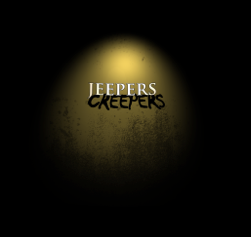 Our first fulldome short, “Jeepers Creepers,” will have its world premiere at the
Our first fulldome short, “Jeepers Creepers,” will have its world premiere at the  We’re looking for a local (North Carolina – Triangle area) Maya character animator for a 3 month freelance gig starting January 15th. We’d like someone who is/has:
We’re looking for a local (North Carolina – Triangle area) Maya character animator for a 3 month freelance gig starting January 15th. We’d like someone who is/has:



